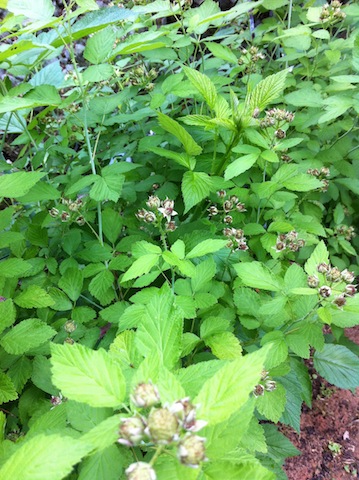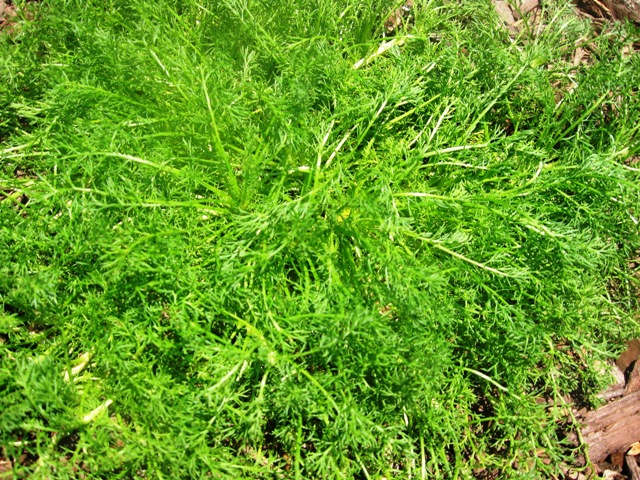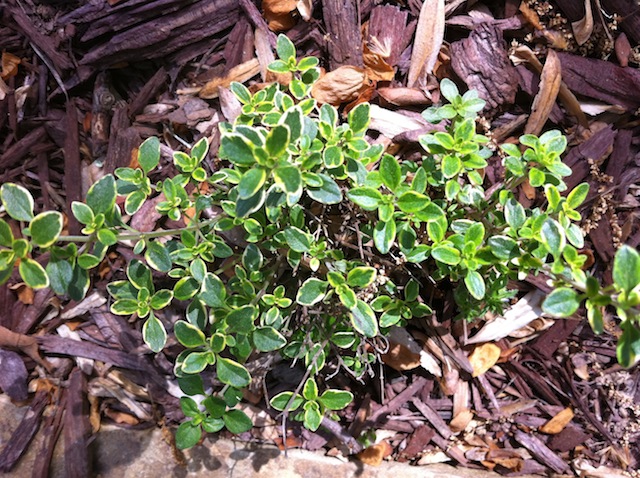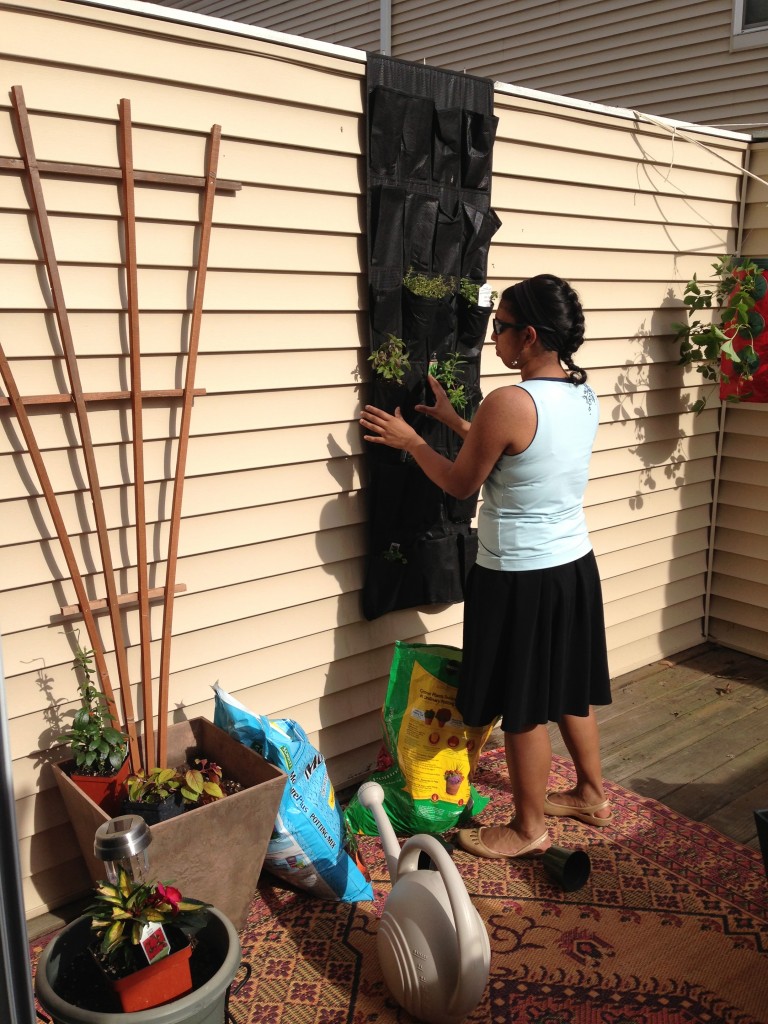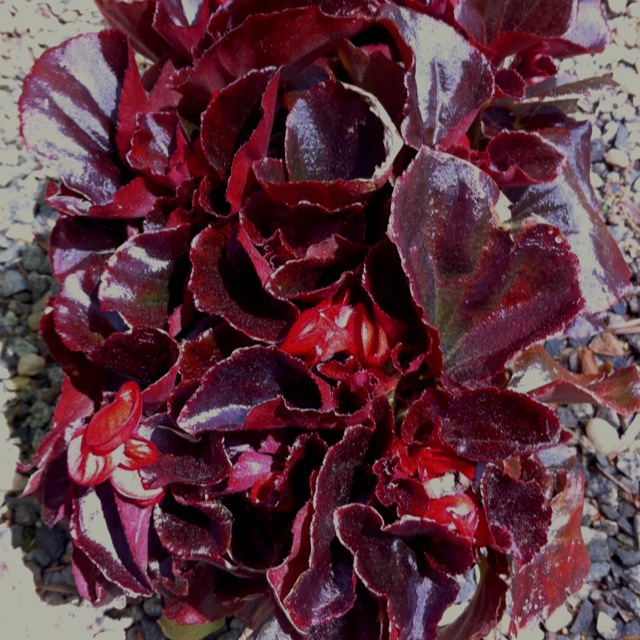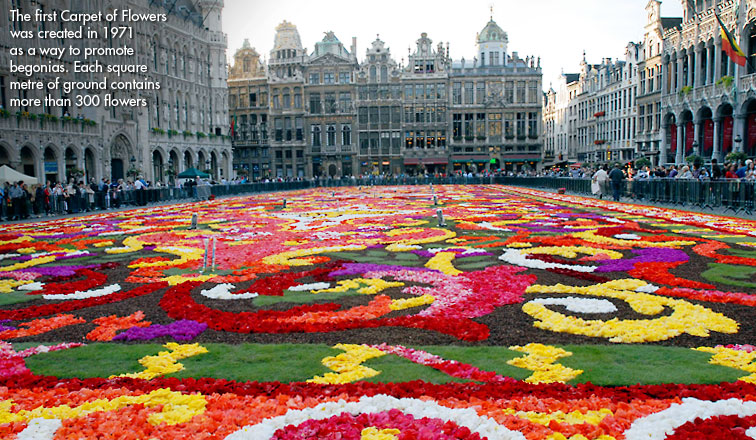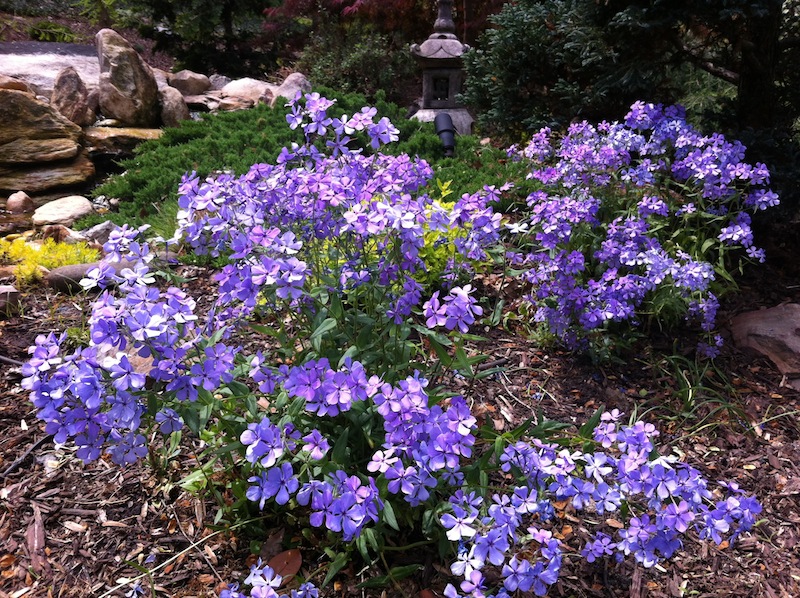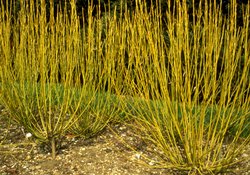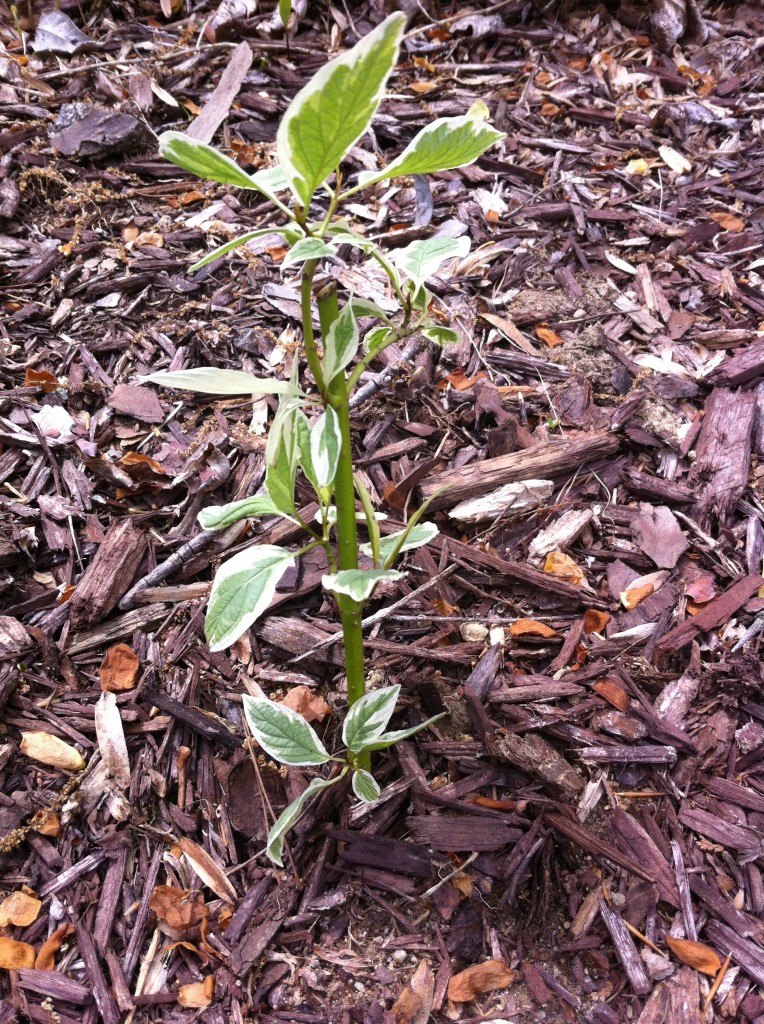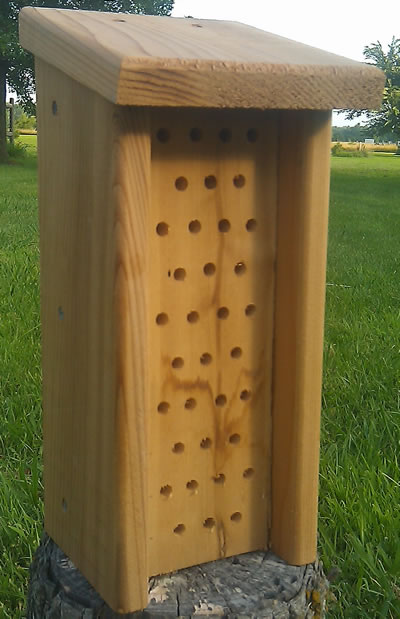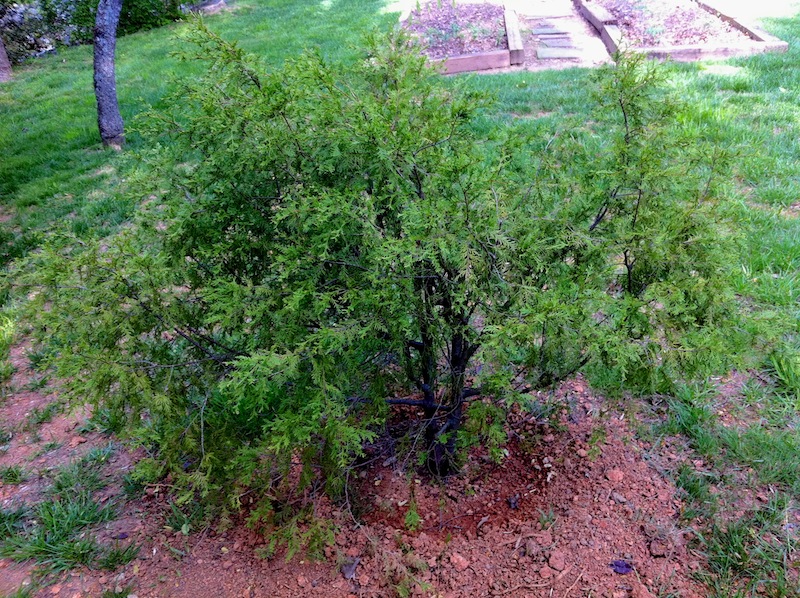
Dwarf Yellow Cedar
I’m so excited about this “free” shrub. Thank you again, Ellen! I took another class from her Saturday and she had dug up this cedar to plant something else in its place. She asked the class if anyone could use this in their landscape. I quite enthusiastically said, “Me, me!” and brought it home.
I’m planning to redo a border at the front of our lawn in the Fall. This cedar will be a perfect addition to that area.
From my online studies of the yellow cedar, apparently it is not a cedar at all but actually a cypress. If the word “cedar” is used, a hyphen must be used, as in “yellow-cedar”, because this species is a “false cedar” and not a “true cedar”. True cedars are in the Pine family (Pinaceae) and are represented by old world species with needles in the genus Cedrus.
The drooping branchlets give the tree a graceful weeping appearance. To be more yellow, it must be planted in full sun.
The term dwarf is relative. It doesn’t always mean small or tiny, but indicates the plant will be smaller in stature than the original species.
The word “yellow” is in the name because of the reference to the distinctive yellow color of the wood.


